The region of western Kazakhstan around the Caspian Basin remains a land of mystery. With one half plunged into Europe, making it the continent’s most eastern extremity on the border with the Ural Mountains, and the remaining region outside the principal cities being a land only of interest to oil men, this part of Kazakhstan is often overlooked.
We might only spend a couple of days driving through Kazakhstan from Astrakhan in Russia to the Uzbek side of the dried up Aral Sea, but we get to pack a lot of kilometres into our time in Western Kazakhstan. And while we might not get to see all of this undiscovered region on the Central Asia Rally, if you’re driving back home from Kyrgyzstan or you’re simply hungry to learn more about the countries we’re visiting then read on.
Photo by Alexandr Babkin
Aktau and the Caspian Coast
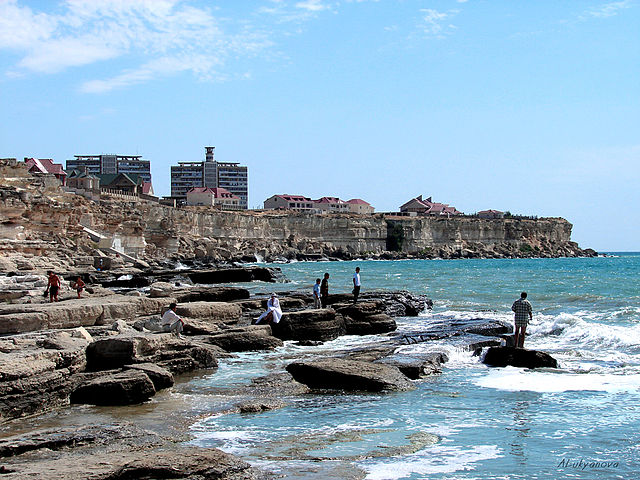
This costal city sits on the Caspian coastline in the region called Mangestau, which is actually home to the Karagiye Depression famed for being one of the lowest points in the world!
Aktau is quite new as towns go, having been founded in 1961 as a uranium-mining town. Initially, the town was named after a Ukrainian poet called Shevchenko, but once Kazakhstan became independent it renamed the city to a Kazakh name. The city’s location on the oil-rich Caspian has meant that Aktau has developed considerably over the years, and also being Kazakhstan’s only port it ticks a lot of boxes as a unique city.
It’s a great base to explore the nearby sites, like pilgrimage destination Beket Ata.
Beket-Ata
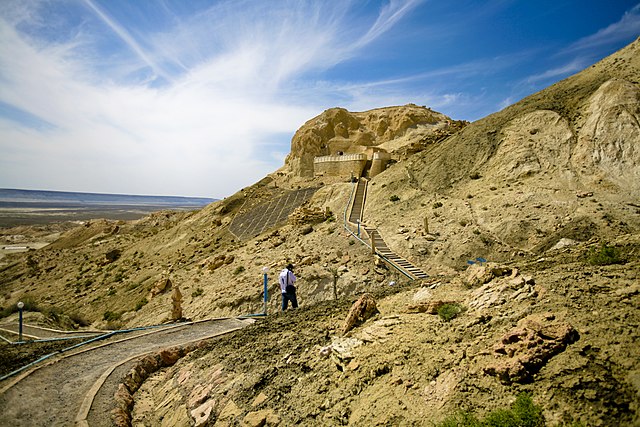
This underground mosque is a curiosity in the region, and this was named after Sufi scholar Beket-Ata, who actually founded similar underground mosques in the region. This particular underground mosque became his burial place, and today it’s still an important pilgrimage destination for Kazakhstan’s Muslims.
Beket-Ata was an important Sufi scholar who founded several underground mosques and a madrasa in the Mangistau region of Western Kazakhstan. His burial place, the underground Oglandy mosque, has become an important pilgrimage site for Kazakh Muslims.
En route, you can also stop into Shopan-Ata, named after the Sufi follower of Khodja Achmed Yassaui. The complex here is impressive, where there are a number of caves that were used by Shopan-Ata and his students to pray in.
Ustiurt Nature Reserve
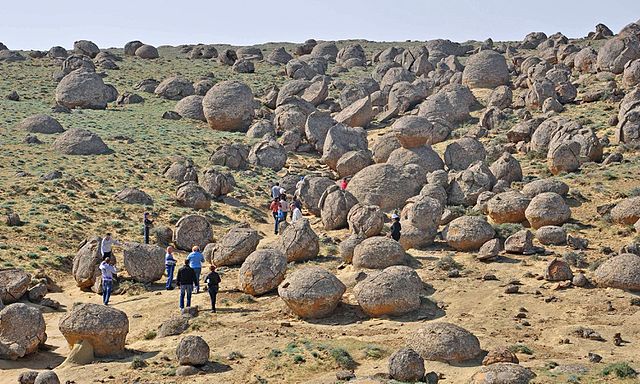
This nature reserve is set in the heart of Kazakhstan’s Western desert and away from the tourist trail. It lies in the deep Karagie Depression, one of the lowest points on Earth at 132m below sea level. The location of the reserve means it’s protected, both by the elements and by hoards of tourists. It’s worth a visit if passing by to check out the rock formations, such as those found in the Valley of Balls, filled with circular, football shaped rocks. If you’re into desert flora and fauna, then you’re in luck, since you’ll find specimens like the endemic moufflon and caracal.
Archaeology
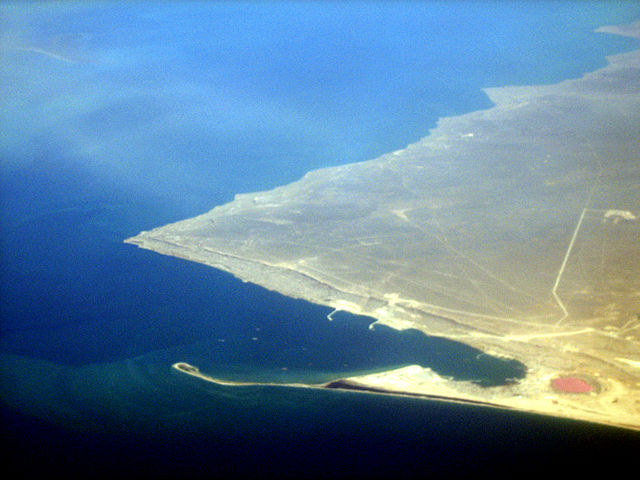
This part of Kazakhstan was once a hub of the Silk Road, being so close to the Caspian Sea, so naturally historical sites are scattered around the canyons and deserts of the region. Burial sites dating back to the 4th and 5th Centuries BC along the bank of the Dead Kultuk can be found to the north of Kizan. But more popularly, there is the site of Kizil-Kala, which means “Red Town”, in the area of Akmish. There are also spectacular canyons in the area too. The Ancient Hanga-Baba Necropolis is also found close to Fort-Shevchenko, which is an area of natural beauty as well as being of history interest.


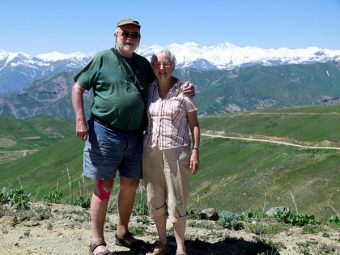
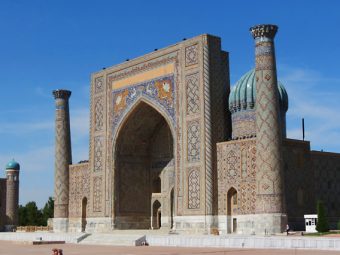

Leave a Reply